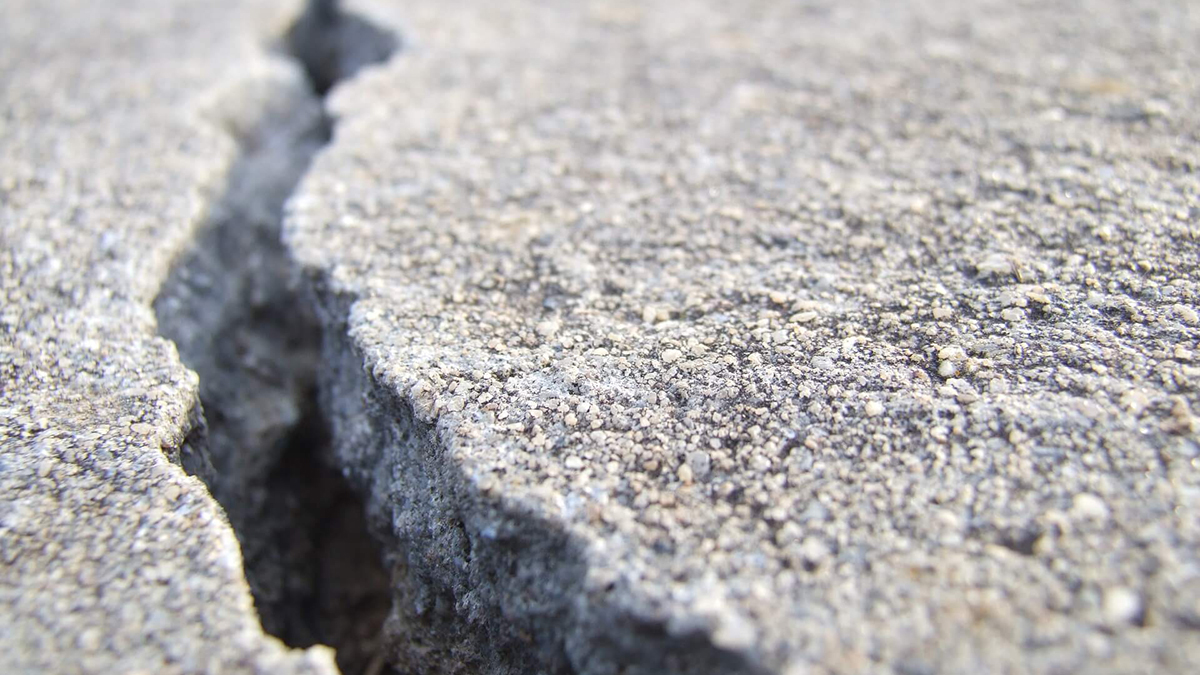Repairing Cracked Concrete: A Comprehensive Guide by General Seal
Concrete, known for its durability and longevity, is a fundamental building material in many structures. However, it isn’t immune to wear and tear. Cracks in concrete, whether in driveways, patios, or building foundations, can pose significant problems if not addressed promptly and effectively. Repairing cracked concrete is a critical task that should be undertaken with precision and care. In this comprehensive guide, General Seal will provide insights into the steps, materials, and considerations necessary for repairing cracked concrete efficiently and durably.
Understanding the Causes of Concrete Cracks
Before delving into the repair process, it’s important to understand what causes concrete to crack. Various factors contribute to this issue, including temperature changes, ground movement, improper installation, and the natural settling of structures. Identifying the root cause of the crack is essential in determining the most effective repair method.
The Importance of Repairing Cracked Concrete
Neglecting cracked concrete can lead to more severe issues. Water can seep through these cracks, exacerbating them, and potentially leading to structural damage over time. Moreover, cracked concrete surfaces can pose safety hazards and diminish the aesthetic appeal of your property. Thus, repairing cracked concrete is not just a matter of appearance but also of safety and property integrity.

Step-by-Step Guide to Repairing Cracked Concrete
- Assess the Crack: The first step in repairing cracked concrete is to assess the size and depth of the crack. This assessment will guide you in choosing the appropriate repair method and materials.
- Clean the Crack: Before any repair, the crack must be cleaned thoroughly. Remove any loose concrete, debris, or dirt to ensure the repair material adheres properly.
- Choose the Right Repair Material: There are various products available for repairing cracked concrete, including concrete patches, epoxy injections, and sealants. The choice depends on the crack’s size and location. For smaller, hairline cracks, a sealant might suffice, while larger cracks may require a more robust solution like an epoxy injection.
- Prepare the Crack for Repair: For larger cracks, you may need to widen them slightly to create a better bonding surface for the repair material. This can be done using a chisel and a hammer.
- Apply the Repair Material: Fill the crack with the chosen material, following the manufacturer’s instructions. For patches, use a trowel to smooth out the surface. For sealants or epoxies, ensure they penetrate the entire depth of the crack.
- Cure the Repair: Allow adequate time for the repair material to cure. This duration will vary based on the product used and weather conditions.
- Seal the Concrete: After the repair has cured, it’s advisable to seal the entire concrete surface. This adds an extra layer of protection and can help prevent future cracks.
When to Seek Professional Help
While minor cracks can often be handled as a DIY project, larger or more complex cracks may require professional attention. General Seal offers expertise in repairing cracked concrete, ensuring the job is done safely and effectively, with lasting results.
Why Choose General Seal for Repairing Cracked Concrete
- Expertise and Experience: Our team has extensive experience in dealing with all types of concrete cracks, ensuring we can handle any situation.
- Quality Materials: We use only high-grade materials for repairing cracked concrete, guaranteeing durability and longevity.
- Comprehensive Solutions: We don’t just fix the immediate problem; we provide solutions that address the underlying cause of the cracks.
- Customer Satisfaction: At General Seal, our focus is on delivering quality workmanship that meets and exceeds customer expectations.
Conclusion
Repairing cracked concrete is a crucial aspect of maintaining the structural integrity and appearance of your property. Whether it’s a small crack in your driveway or a larger issue in a concrete foundation, understanding the proper techniques and materials for repair is key. By following this guide, you can ensure that your concrete surfaces remain strong and intact for years to come. For more complex or larger-scale issues, don’t hesitate to contact General Seal for professional assistance. With our expertise, your concrete will be restored to its optimal condition, ensuring safety, functionality, and visual appeal.
Contact General Seal Today for your Building Maintenance requirements

